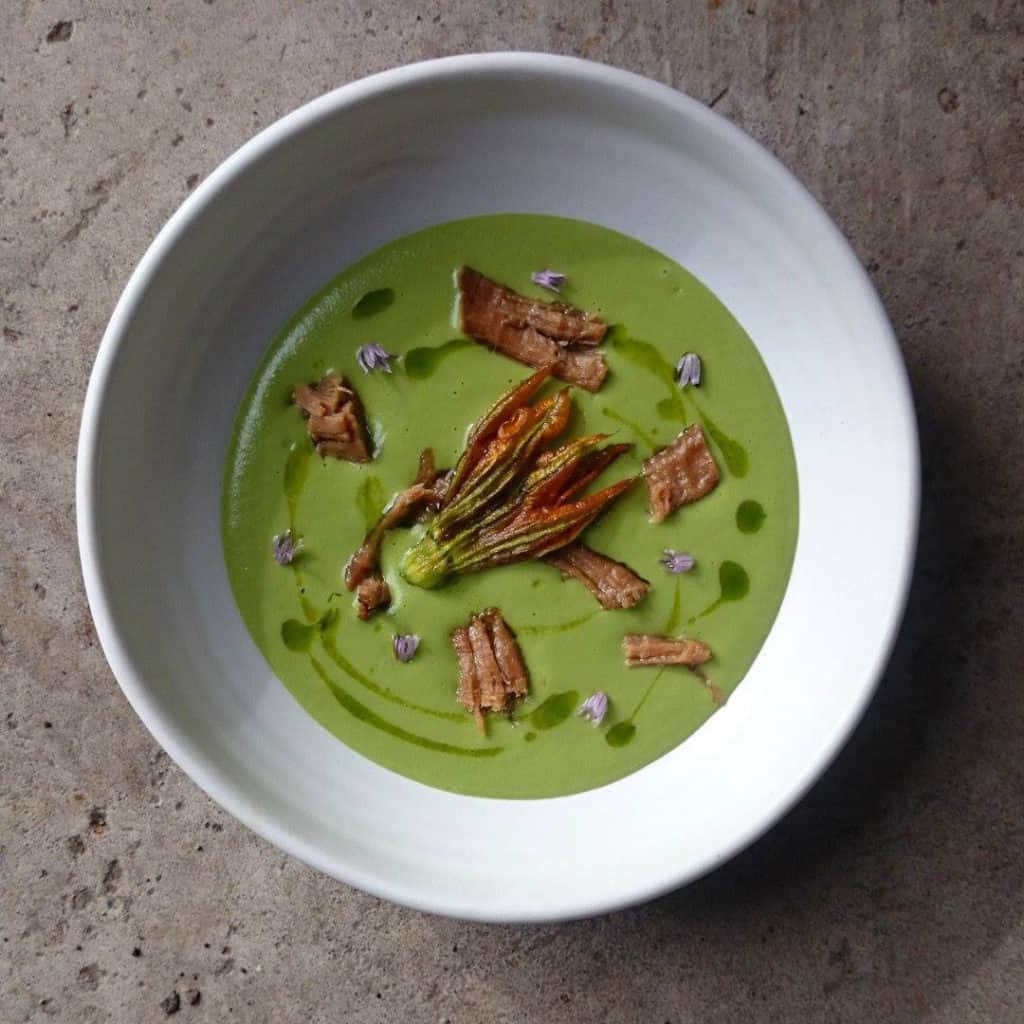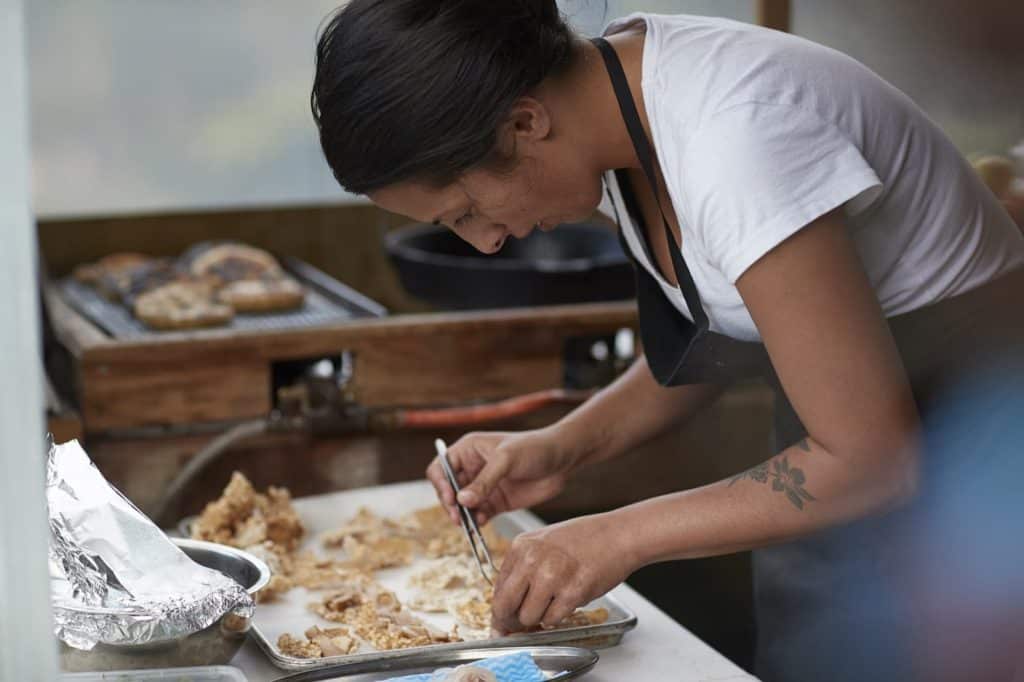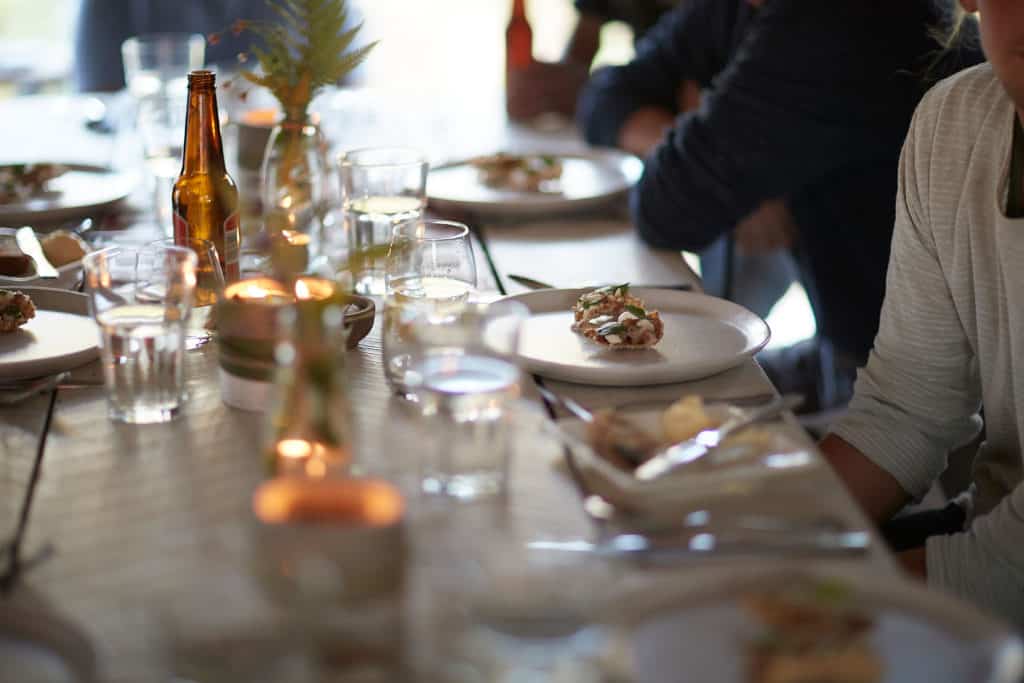When Monique Fiso digs up a hangi—a traditional Maori pit oven—she’s not only unearthing a meal; she’s excavating a long-buried food tradition.
Fiso, a chef of Samoan-Maori descent, started laying hangis in 2016 when she returned to New Zealand after seven-plus years of cooking in Michelin-starred kitchens in New York. The pits, which are filled with heated stones and food stored in baskets before being covered with wet burlap and buried, are the centerpiece of her evolving pop-up culinary event series, Hiakai (Maori for “hungry”). In addition to the hangi, in which she cooks free-range chicken with kawakawa (a peppery herb) and kumara (a native sweet potato) for up to five hours, Fiso highlights techniques and ingredients—such as rewena, a sourdough potato bread, and fresh-caught river eel smoked with manuka wood—that are both high-end and grounded in history.

Hiakai began as a roving dinner series, but after feedback from her guests, Fiso expanded the meals into 24-hour events. She partnered with the Unique Whanganui River Experience tour company and found a permanent home for Hiakai’s summer sessions, Puraroto Campground. The site sits atop a cliff overlooking the river, which is called Te Awa Tupua by Fiso’s Maori community, the Nga Rauru iwi.

“I wanted to it be more than just throwing up some tents next to where everyone was having dinner,” Fiso explains. “Guests who attend Hiakai dinners usually have a strong interest in Aotearoa history and Tikanga Maori [the Maori names for New Zealand and their traditional way of doing things].”
Diners convene in the tiny village of Pipiriki before heading upriver in a jet boat to the campground, where private tents are set up in a clearing beneath enormous pines. Breakfast, lunch, and an artful seven-course dinner are included, as are a guided canoe trip and a lesson in Maori history. “I wanted to make it an immersive experience,” Fiso says, “from start to finish.”

